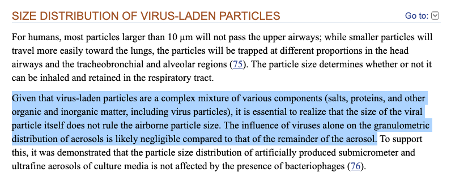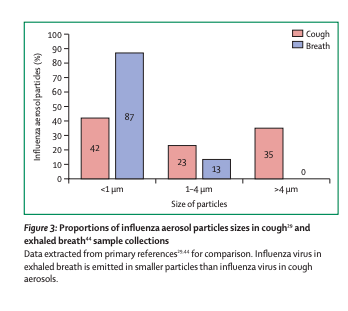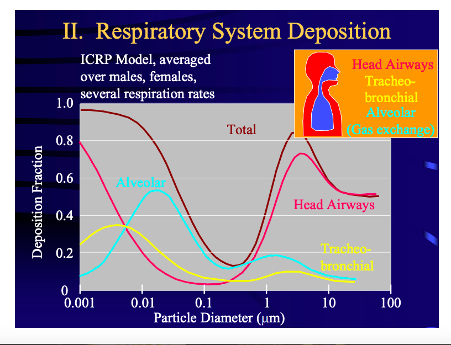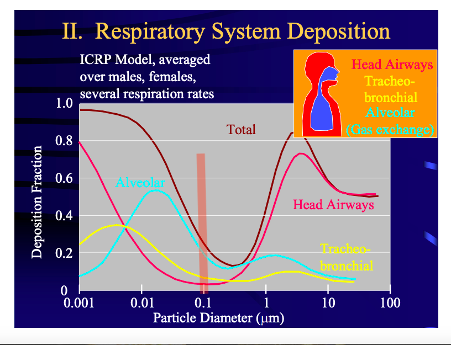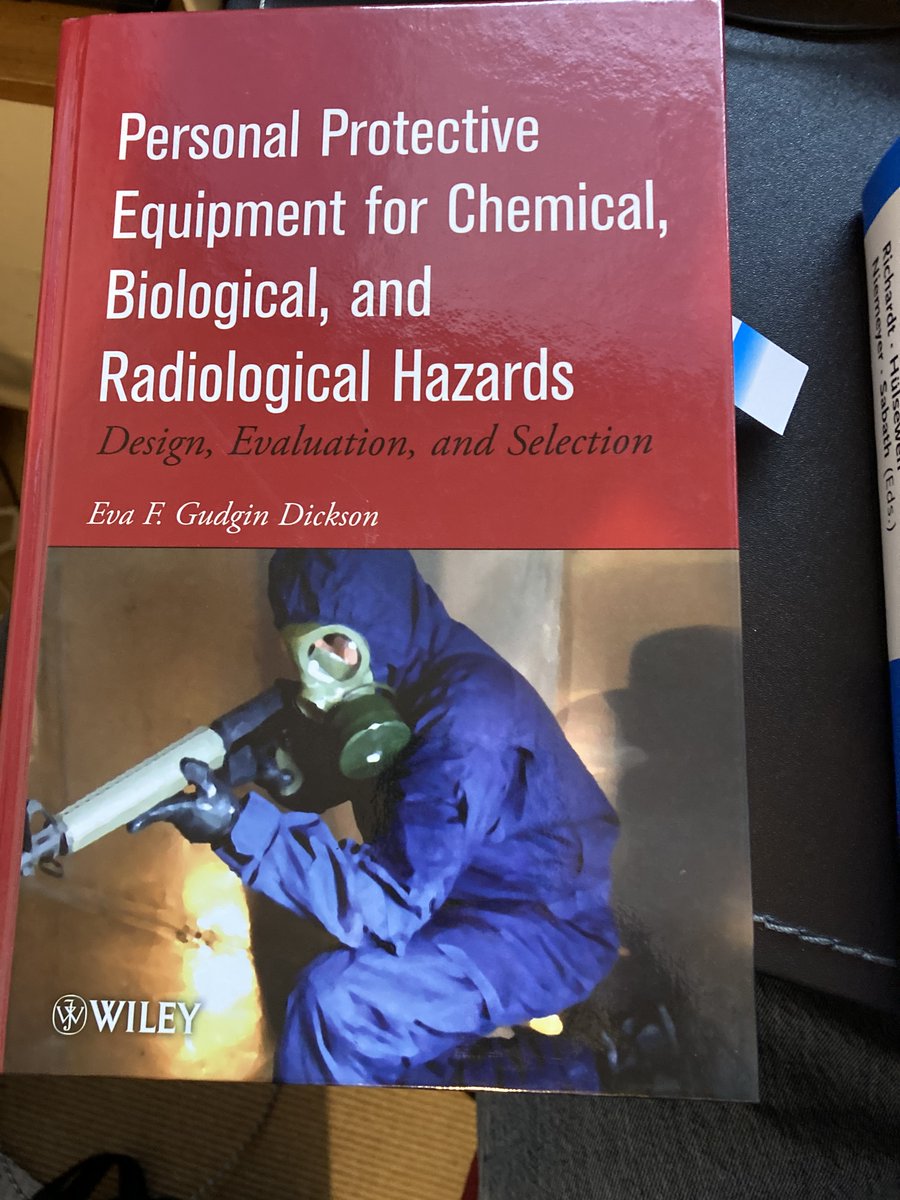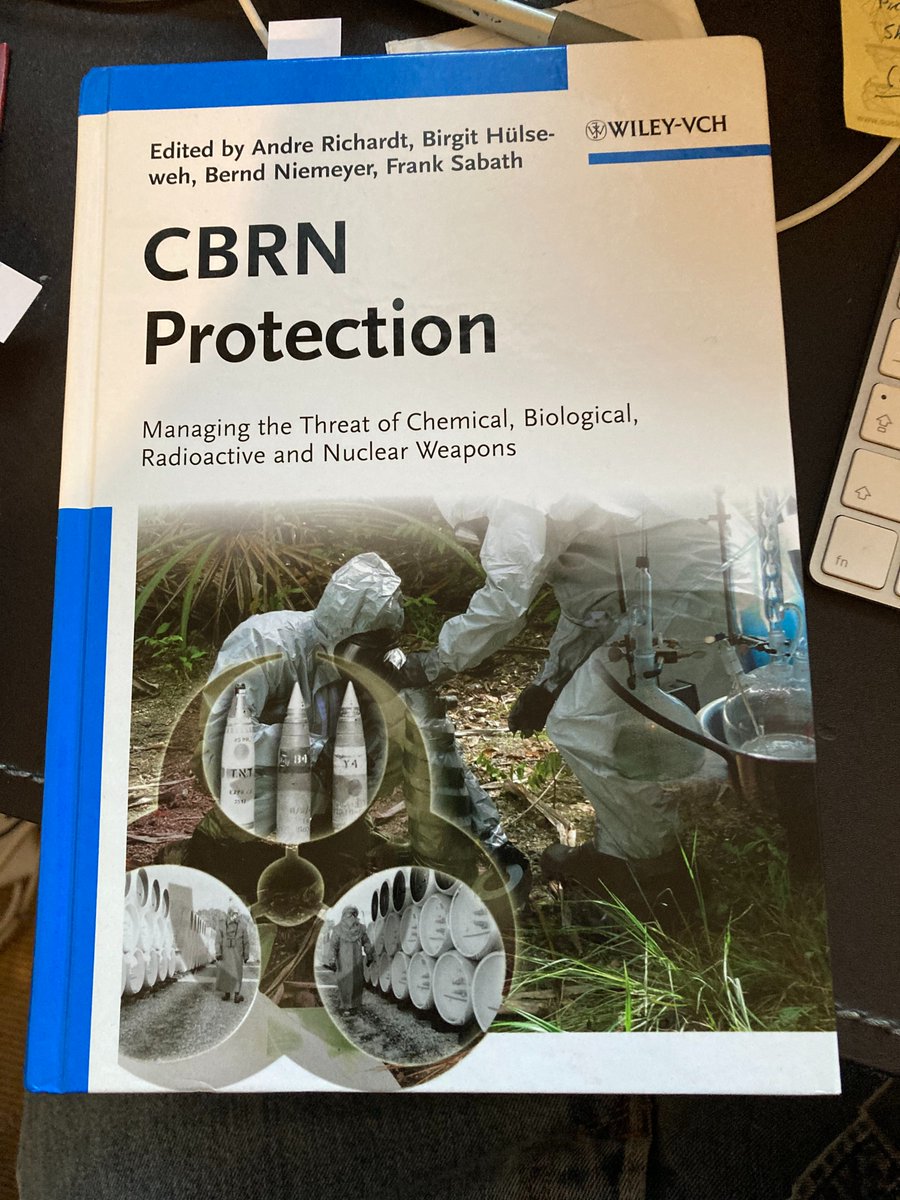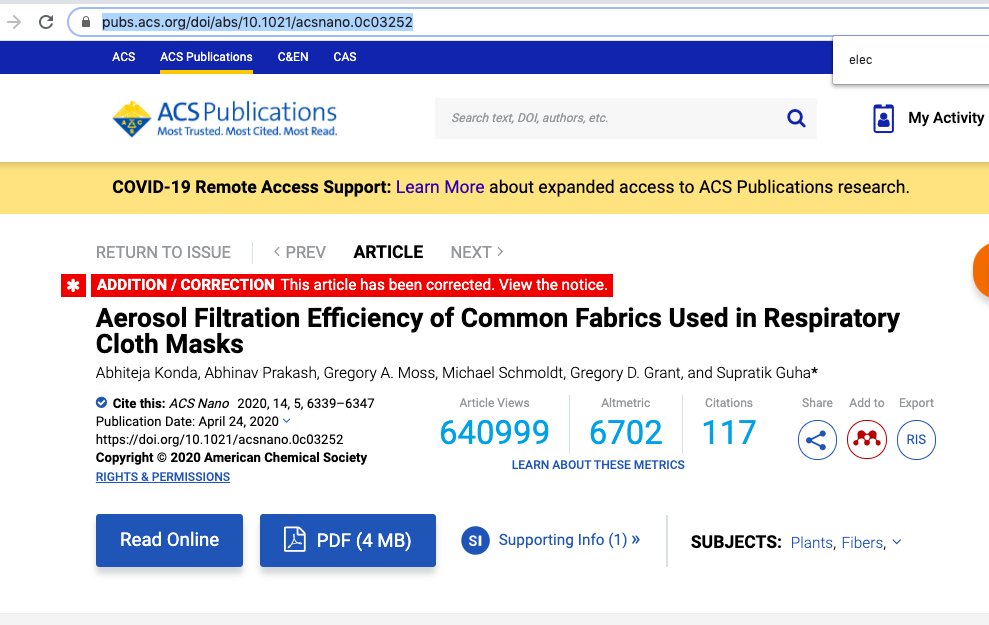Ok. Time for a Captain Dan thread on a useful and timely subject. Let’s address this “Masks don’t work” argument that people are making.
Lots of misinformation and disinformation are floating around and it is time to cut through this.
There’s plenty of smart people on here with specialised expertise that runs deep into some of the niches of knowledge here.
There’s plenty of smart people on here with specialised expertise that runs deep into some of the niches of knowledge here.
I am happy to signpost to deeper dives. I will pin this thread to my profile when done.
Wherever possible l I refer to the DOI of a technical work.
[If you don’t know what a DOI is, look it up]
Wherever possible l I refer to the DOI of a technical work.
[If you don’t know what a DOI is, look it up]
Wherever relevant, I mention if this work is a “pre-print” i.e. not yet through peer review.
There’s several operational and technical components to this subject:
1. How particles (including viruses) behave and act in the air
2. How particles (including viruses) behave once inhaled
3. The role and mission of a mask in all of this
4. How a mask works
1. How particles (including viruses) behave and act in the air
2. How particles (including viruses) behave once inhaled
3. The role and mission of a mask in all of this
4. How a mask works
Part 1 – How the virus behaves in the air
A Sars-COV-2 virus is very small. Much fuss is made about how small these viruses are. A single SARS-Cov-2 virus particle is about 100 nanometers in diameter. DOI: 10.7554/eLife.57309
Note: There are smaller viruses in nature, e.g. polio
Note: There are smaller viruses in nature, e.g. polio
The important thing to understand here is that there are not any real mechanisms by which a single virus particle exists on its own floating in the air.
Single 100 nm virus particles of SARS-COV-2 don’t end up floating around in the air on their own very much.
Single 100 nm virus particles of SARS-COV-2 don’t end up floating around in the air on their own very much.
The size of an individual virus particle has little to do with the size of the stuff floating around in the air. This is from DOI 10.1128/MMBR.00002-08
The same DOI tells us “While single virus particles exist in the air they tend to aggregate rapidly.”
Various other articles tell of the problems in actually creating single-virus aerosols for study purposes, giving us a clue that maybe an easy mechanism for such doesn’t easily exist much in nature.
The mechanisms by which SARS-Cov-2 viruses are floating about in the air are generally coughing, sneezing, breathing, and various aerosol generating procedures.
By “aerosol generating procedures) I generally mean medical and dental procedures that will suspend infectious material from someone with the disease.
Coughs, sneezing, and breathing create a mix of larger droplets and “aerosols”. Aerosols are finely divided mists of small drops/particle.
Size distribution of particles from coughing, sneezing, and breathing is a phenomenon well-studied long before COVID-19.
I now refer you to an excellent article “Particle sizes of infectious aerosols: implications for infection control” in the Lancet. https://doi.org/10.1016/S2213-2600(20)30323-4
This graphic, drawn from the previous cite, looks at flu. (Influenza having had much study over the years)
Bottom line: In time of COVID, we’re worried about a large spectrum of stuff, ranging from the rare occurrence of single particles at 100 nm (0.1 µM) all the way up to massive droplets of sputum.
Fixating on the minimum end (0.1 µM) of the hazard spectrum is counterproductive. Very little of the threat will be at the 0.1 µM size
This article talks about modelling SARS-Cov-2 aerosols. https://doi.org/10.1371/journal.pone.0241539 TLDR; not much at the small end
[More later]
Part 2 – How virus particles behave in the lungs
OK, so we’re walking around in a soup full of virus-laden aerosols and droplets. How do these behave in our lungs?
If you inhale aerosols and droplets, there’s some stuff I’ve borrowed from the CDC, here: https://www.cdc.gov/niosh/topics/aerosols/pdfs/Aerosol_101.pdf
[By all means, if you have a better model for deposition, let me know]
If you inhale a biological aerosol, whether it be viruses, fungi, anthrax spores, etc, there’s a number of things that could happen to those particles.
First, a lot of it is breathed right back out. You breathe it in, and it doesn’t lodge in your body.
Second, it can get stuck in your upper airway – your nose, mouth.
Third, it can get stuck in your trachea-bronchial plumbing.
Fourth, it can actually get deposited in your lungs where it can, depending on size, get exchanged into your blood. This is called alveolar deposition.
I’ve annotated it here… The shaded red line is about where the individual virus particle size is for SARS-COV-2, you can ignore the chart to the left of that mark for our purposes.
So, at the bottom end of our threat scale, 0.1 µm – something like 70% of the stuff you breathe in does not get deposited. You breathe it in and breathe it back out.
It’s a far more dangerous story at the ±5 µm size range, for several reasons. One is that a much higher percentage, 80% of the stuff, gets stuck in your body.
The other reason is that a 5 µm droplet will have a LOT more virus in it than just one or two particles.
This particular deposition model was based on studies for radioactive particulates, but aerosol physics being what it is, it is a useful guideline nonetheless.
Alveolar absorption is important in this COVID-19 stuff as one of the ways that this coronavirus sneaks into the human body is by evading immune system detection by alveolar macrophages. https://doi.org/10.15252/embr.202051252
The absorption through alveoli would be the most efficient way to get a virus into one's system. There's more defenses the further up the tract you go.
Part 3 – The role and mission of a mask in all of this
Given all of this, what is it that we expect a mask to do?
A mask/respirator is a form of respiratory protection. No form of respiratory protection is perfect. Rejecting masks because they are not perfect is unrealistic.
Forms of respiratory protection that provide a high level of respiratory protection are not perfect. Military CBRN masks and firefighter SCBA are not perfect. (Indeed, in some ways they have problems in pandemic environments...)
Some person has told me that I need to "skip this argument". I will not.
In the context of a viral pandemic, we expect masks to do things - mitigate against what we inhale and mitigate against what we exhale. The latter is just as important as the former.
In terms of mitigating against what a person inhales, the point of a mask is not to completely block inhalation of viruses. Such a standard would be impossible to comply with
What the mask is trying to do, in terms of respiratory protection, is to reduce the amount of viral material you inhale.
In practical terms, what you are trying to do with a mask is to reduce the possibility of inhaling an infective dose.
There’s a concept called minimum infective dose. One virus particle of Sars-COV-2 is not going to give you the illness. A million will definitely do it
How many viruses does it take? One estimate is that it takes between 100-700 viruses absorbed into your system. (It’s a preprint) doi: 10.20944/preprints202007.0613.v3 http://preprints.org/manuscript/202007.0613/v3
Now, inhaling 10 viral particles a day over the course of 70 days doesn't add up to 700 viruses in your system...
But what you are trying to do is to have a fighting chance at stopping the 3 or 4 droplets that might add up to enough viruses that will make you sick
On the exhalation side, which is part of the equation that people aren't paying as much attention to (and being completely ignored by anti-maskers) is the operating assumption that you might be sick and thus breathing out nasty viruses.
A reasonably high percentage of COVID+ people are asymptomatic. They could be spreading the virus around and not knowing it.
Using a mask for exhalation control, trapping the stuff that you are breathing out, is as important to the overall defensive issue as protecting against what you are breathing in.
The more that people where masks [and wear them properly] the less virus that is circulating around in droplets and aerosols in the air. Wearing a mask reduces the overall danger of the environment.
Now, we'll get to Part 4 - Are masks any good at this anyway? But I have some errands to run and things to do first.
I'm back from my errands. I wore a mask.
Always model the behaviour you expect in others.
Always model the behaviour you expect in others.
So, Part 4 is really Part 4 and Part 5. I've divided it in 2. Part 4 is "how do masks work anyway?" and Part 5 is "How do we know it makes a difference"
So, here's the revised "Part 4: How do masks work".
I can divide respiratory protection into 3 categories, of which only 1 is relevant to this discussion.
The first category is "supplied breathing gases" - this is a category that includes SCUBA gear, firefighting SCBA, space-suits, and other such devices and systems that give you clean stuff to breath from a supplied source.
The third category is "bag over your head" and "holding your breath" and you will eventually die or collapse. So that's not really relevant either.
So, we're really talking about "air purifying respirators" - something that uses the ambient air and does something to exclude some of the contents of the ambient air.
Now, this is a broad category ranging from highly sophisticated PAPR devices all the way down to your old underpants over your head.
I make reference to 2 books I happen to have cadged for free off of one of my publishers. I recommend both.
So, if you are going to have a breathing device that tries to purify the air, there's four main approaches: Filtration, Adsorption (note the d, not b), Impregnants, and reactive species.
Filtration is the one we're mostly talking about here. The other 3 I will dispense with in summary fashion .
Adsorption is what happens with gas and vapour molecules, such as with charcoal/carbon filters. Gas and vapour are removed from that air by sticking them on the surface of some material, like activated charcoal.
Impregnants and reactive species are things that can actually have a physical reaction with one of the bad things you are trying to eliminate from the breathing air.
An example would be the chromium that was added to the filter of the US military M17 protective mask to increase protection against hydrogen cyanide and cyanogen chloride
But mostly, for the stuff you're expected to wear at the supermarket, filtration is the key tactic.
Now, I am going to go out on a limb here and say that most of you actually don't know how filtration works in this application. Some of you do because I have some smart people following me.
[Commercial break: Smart people follow Dan.]
OK. Here's the quick and dirty on how filters work. Cite: pp 89-95 of Dickson, Eva F. Gudgin. Personal protective equipment for chemical, biological, and radiological hazards: design, evaluation, and selection. John Wiley & Sons, 2012.
An "air purifying element" that works by filtration has pores. Small holes in which some stuff, e.g. the nitrogen and oxygen in air, can freely pass. But other stuff gets blocked.
But how? There's lots of clowns and buffoons on this hell-site that subscribe to what I can only describe as "The Colander Theory" of filtration.
Pores have size and thus anything smaller than the size of the pores flows through the filter, obviously?! Ummm, not quite.
Air filter materials use 6 different mechanisms to stop stuff from flowing through them. Let's talk through them.
1. Sieving. This really is the colander effect. Bad stuff is captured when particles are simply too big to pass through the pores. HOWEVER, this is usually only relevant for the larger particles/droplets. But it can be significant
a 10μm droplet can have squillions of viruses in it, so the sieving effect is not unimportant
2. Gravitation sedimentation. Particles are not immune to gravity. Some of them will be pulled down towards the center of the earth. In a mask, this means deposition onto a fiber by force of gravity
this is generally a small net contribution, particular in thin filter media. It's more important with the bigger particles/droplets, i.e. bigger than 10μm
3. Interception: The pores on your filter are not going to line up evenly. Stuff going through a filter has to follow a zig-zag pattern due to air flow. A lot of stuff will end up running into fibers.
Interception is a primary factor in the 0.1 to 1.0 μm size range
4. Inertial impaction: Physics applies here. Even the smallest virus particle has inertia. Some of these particles simply will not have the turning radius to go around every fiber in that zig zag path. The air flow won't be enough to get them to make the corners, so to speak.
Inertial impaction becomes very important over 1 μm - i.e. in the range we are most worried about.
Ironically some filters might work better when "clogged" - the fluid path becomes more zig-zaggy....
Mechanism 5 is diffusion. But this is really for the really small stuff, <0.1μm and involves "Brownian motion" causing collisions and captures. It might be important if we were looking at just single virus particles.
6. Electrostatics. This should not be underplayed. This is capture of particles/droplets because they are attracted to the fibers of the filter by means of electrical charge attraction.
N95 masks rely quite a lot on this.
Some references on the electrostatic stuff: https://pubs.acs.org/doi/10.1021/acsnano.0c05025 https://aip.scitation.org/doi/full/10.1063/5.0023940
The electrostatic stuff may even be a reason to have multiple types of fabric in a mask. See: https://pubs.acs.org/doi/abs/10.1021/acsnano.0c03252
Even a simple cloth mask relies on these 6 capture mechanisms to one extent or another.
Now, let's go on to Part 5. Does any of this work?
OK. In order to answer this, we have to combine what we've learned from parts 1 thru 4. Let me see if I can sum up the issues so far....
Here's the key pearls of wisdom. Part 1: We're mostly NOT chasing sing 0.1 μm virus particles.
Part 2: The stuff in the 1 to 10 μm is bad stuff, lodges in your lungs. But we can't totally ignore the other stuff. Geometry tells us that a 5 μm droplet could have thousands of times more viruses than a 0.2 μm droplet.
Part 3. Masks are as much about breathing out as breathing in.
Part 4. Masks use a variety of mechanisms to actually do their job, even if the mask is some old pants.
I'm also going to add in that a mask is not a cure-all. It is part of a spectrum of defences, including good ventilation, reduced number of contacts, and distance.
With or without a mask, distance is your best defence against the big droplets.
So, what DO we know about masks?
1. Aerosol filtration efficiency of cloth masks
https://pubs.acs.org/doi/abs/10.1021/acsnano.0c03252
1. Aerosol filtration efficiency of cloth masks
https://pubs.acs.org/doi/abs/10.1021/acsnano.0c03252
Here's one from @nature about exhalation
https://www.nature.com/articles/s41598-020-72798-7
"These observations directly demonstrate that wearing of surgical masks or KN95 respirators, even without fit-testing, substantially reduce the number of particles emitted from breathing, talking, and coughing"
https://www.nature.com/articles/s41598-020-72798-7
"These observations directly demonstrate that wearing of surgical masks or KN95 respirators, even without fit-testing, substantially reduce the number of particles emitted from breathing, talking, and coughing"
Remember, the idea is not to totally exclude all virus particles. Such a goal is impossible. You are using the mask to reduce the numbers, both for what you inhale and for what you force others to inhale because you exhale.
This article found a wide range of filter efficiencies https://jamanetwork.com/journals/jamainternalmedicine/fullarticle/2774266/. However, even at the bottom end of the study, 26.5% efficiency is significant enough to keep some people from getting sick. And that was the extreme low end
That latter study also identified various modification that can work to improve filtration efficiency.
This study compared the effectiveness of various common cloth materials. TLDR: they're not bad. https://www.ncbi.nlm.nih.gov/pmc/articles/PMC7108646/pdf/S1935789313000438a.pdf
The bottom line is that masks are not a cure-all. But they do have some usefulness in fighting this dreaded pandemic. There's lots of stuff on Google Scholar.
I tell you what I can't find... I can't find serious science saying "don't bother", I can't find serious science saying "the virus is too small to be filtered"
What I can find, though is science saying you need to wear your mask the right way, i.e. cover your damned nose.
Also, treat your mask as if its contaminated. Wash your hands after handling it.
End thread. This took me all damned day. Have a nice day and stay safe, folks.
Going to add a big PS here: Because the types of masks that are useful in COVID-19 filter stuff going out as well as going in, this raises several points
Masks need to be worn correctly. They have to cover your nose. Don't remove your mask to talk. Defeats the purpose.
Hard plastic faceshields are problematic. They don't do much to stop what you breathe out.
The most important thing is, masks need to be worn by everyone. One guy not wearing a mask on a bus, or not wearing it properly can ruin it for everyone.
Masks with exhaust valves are counter-productive too. They don't do much, if anything, to prevent you exhaling particles and droplets.

 Read on Twitter
Read on Twitter